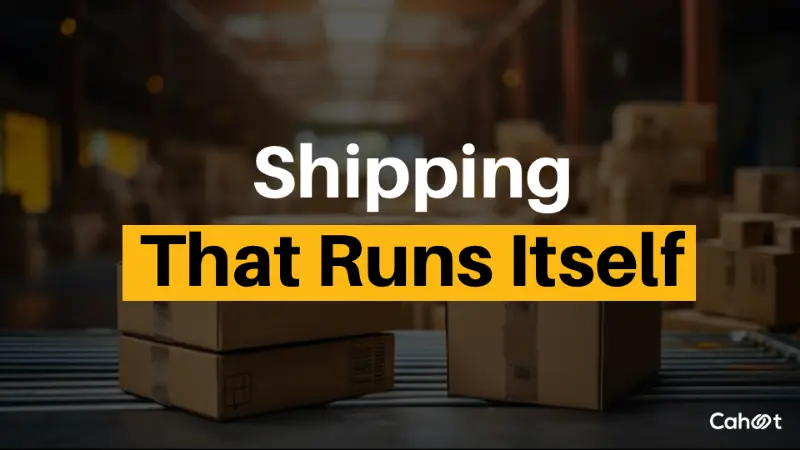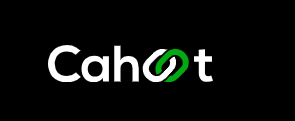Autonomously choose the right warehouse—every time
Cahoot evaluates inventory, cutoffs, promise dates, carrier capacity, and cost in real time to pick the best node automatically. No rule spaghetti. Fewer misses. Lower spend.
 ▶ Watch 2-min explainer
▶ Watch 2-min explainer
TL;DR
What it does
Picks the fulfillment node for each order automatically.
Why it matters
Manual rules break at scale—promos, outages, partial stock. Automation keeps SLAs while reducing labels and labor.
Who it’s for
Multi‑warehouse brands and 3PL‑supported merchants doing 10k–100k+ orders/month.
Why manual rules fail
Fragile
“If marketplace=A then ship from TX” stops working when TX is out of size M or a carrier misses pickup.
Slow
Humans babysit edge cases near cutoffs and during spikes.
Costly
Rules rarely reflect today’s rates, zone creep, or DIM impacts.
How it works
Ingest order & network signals
Inventory by node, promised delivery date, distance/zone, cutoffs, pickups, capacity & SLAs, costs, item restrictions.
Score nodes against policy
Default policy: Hit the promise date at the lowest total cost. You can prefer or forbid splits, pin nodes, or set blackout rules.
Pick the winner & lock it
Cahoot selects the best node and locks it on the order. You can override in UI/API; the audit records both.
Fail safe
If a node can’t ship (inventory error, carrier outage), Cahoot re‑scores and reassigns automatically—no stall.
Inputs we consider
- Inventory & safety stock per node
- Policies (splits allowed, node priorities, blackout dates)
- Cutoffs per carrier per node, pickup & holiday calendars
- Distance/zone & transit‑time models
- Label cost (rate shopping), cartonization cost impact
- Historical node performance (late dispatch, exception rate)
- Item constraints (hazmat, oversize, cold chain)
What you see
- Chosen node + reason code
- Alternatives (2nd/3rd best) with score deltas
- Audit trail for compliance & ops coaching
Real‑world examples
Cutoff rescue during a promo
Context: CA node is closest but UPS pickup is in 5 minutes; AZ node has a later pickup.
Decision: Route to AZ to keep the 2‑day promise.
Impact: SLA hit, no manual rerouting.
Inventory split prevention
Context: NY has 2 of 3 items; TX has all 3.
Decision: Ship from TX to avoid a split shipment.
Impact: One label, one box, lower total spend.
Carrier outage failover
Context: Midwest node’s regional carrier is delayed.
Decision: Re‑score nodes; route to East node using FedEx.
Impact: On‑time delivery without a fire drill.
What you configure (light touch)
Policies
- Optimize for lowest cost within promise date
- Allow/forbid splits; pin nodes/carriers when needed
- Blackout rules & capacity caps
Constraints & observability
- Item‑level (hazmat, DG), node‑level (capacity), channel‑level (SFP, DBD)
- Reason codes and alternatives in the audit trail
Results you can expect
- Fewer SLA misses near cutoffs and during spikes
- Lower label spend (cheapest SLA‑safe lane)
- Less manual triage (automatic reassignment)
- Cleaner ops governance (reason codes & alternatives)
FAQ
Does Cahoot change the node after we print the label?
No. The node is selected and locked pre‑label. If a late blocker appears, Cahoot re‑scores before label creation.
Can we hard‑pin orders to a node when needed?
Yes. You can override via API or UI — the audit keeps both the recommendation and your override reason.
Will it split shipments?
Only if your policy allows it or if required by item constraints. The scorer compares total cost & SLA before choosing.
How fast is the decision?
Typically sub‑second per order, even during spikes.
What if our ERP/WMS must approve?
Cahoot can publish its choice as a suggestion; your system can accept, override, or request the runner‑up.
